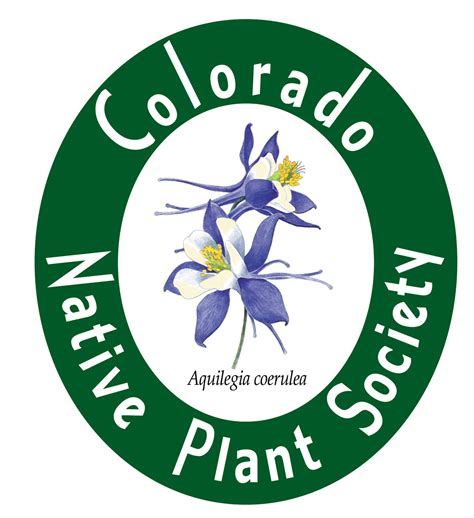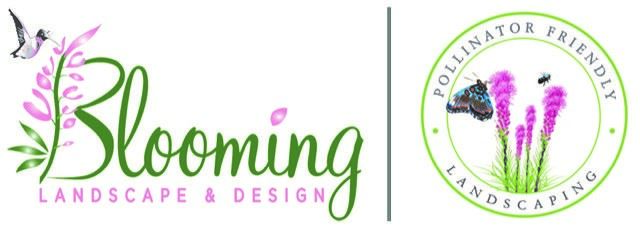Naturalistic landscape designs are more than just aesthetically pleasing—they're better for the environment, too, the expert explains in his new book.With the right flowers and plants, your garden can serve as a sanctuary for native floral and fauna. "Even in novel environments as contrived as cities, our gardens can serve as refuges for wildlife in its many forms," says horticulturist Kelly D. Norris. "Planting thoughtfully only encourages the evolution of our gardens as homes for more life." In his new book New Naturalism ($25.24, amazon.com), Norris explores the ways gardeners can design more naturalistic gardens—inspired by meadows, prairies, and woodlands—by embracing and supporting the local ecological landscape. "New Naturalism encourages gardeners to tap into the ecological reality of our landscapes as interventions with wildness," he explains. "In essence, gardens tended to with these strategies (and, yes, this is an approach, not simply an aesthetic style) are perpetuated as resilient systems, instead of merely as collections of planted things." Curious how you can promote biodiversity in your own backyard by allowing your garden to naturally reveal itself to you? From planting native groupings to minimizing your use of hardwood mulch, Norris shares his best advice, ahead. Plant native plants and groupings that benefit the ecological landscape.By simply planting native flowers and plant groupings in your garden, Norris says you can create positive environmental change while providing food and shelter for local birds, bees, butterflies, and more. "Build your garden from a sturdy foundation of natives and near natives," he advises. "From there, just keep planting and increasing the overall diversity and complexity." If you're unsure about which varieties are indigenous to your area, Norris says checking in with a nearby native plant society or conservation group is a great place to start. "Borrow ideas from your native flora or local wild plant communities," he says. "You'll be surprised just how many native plants are out in [your local] nursery or available via mail-order sources." |

























